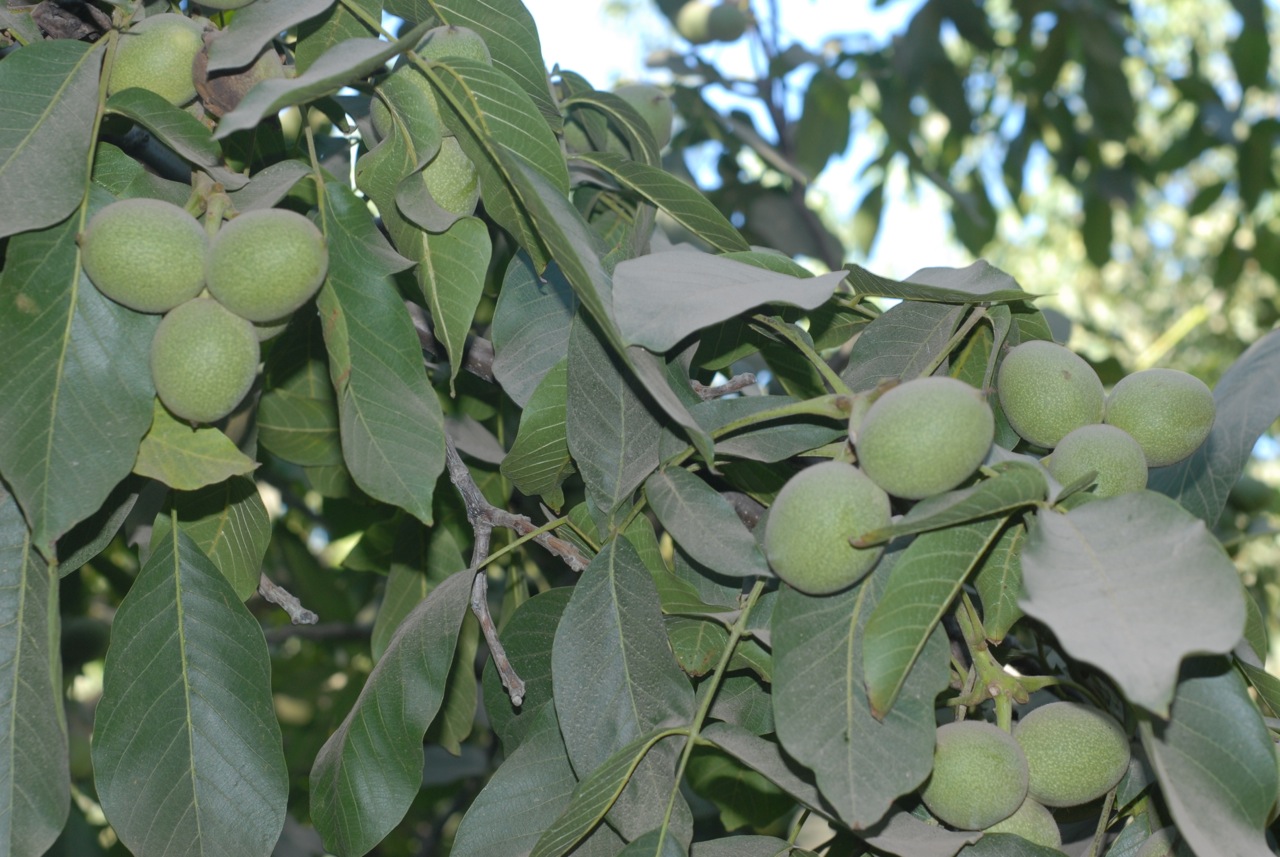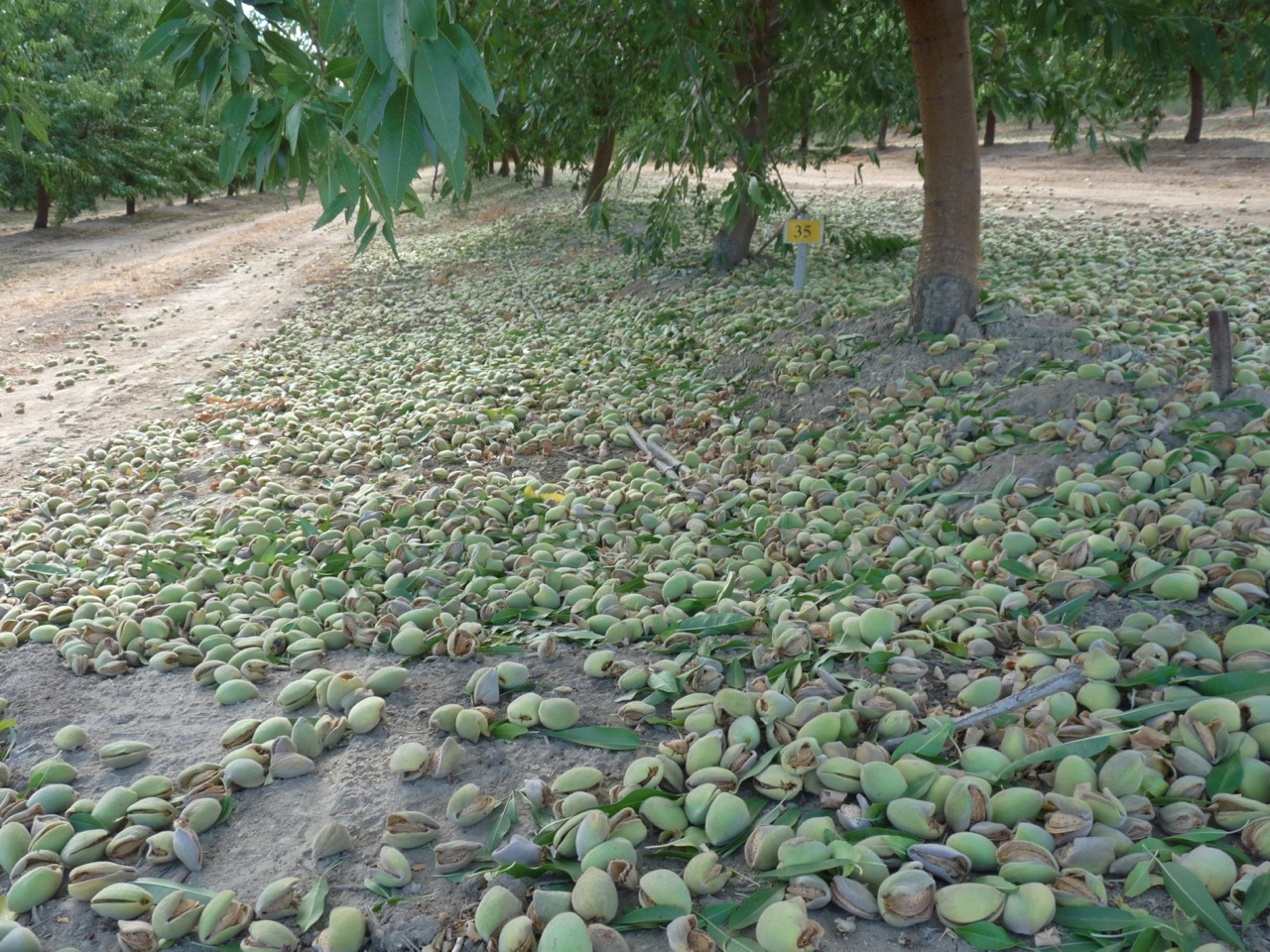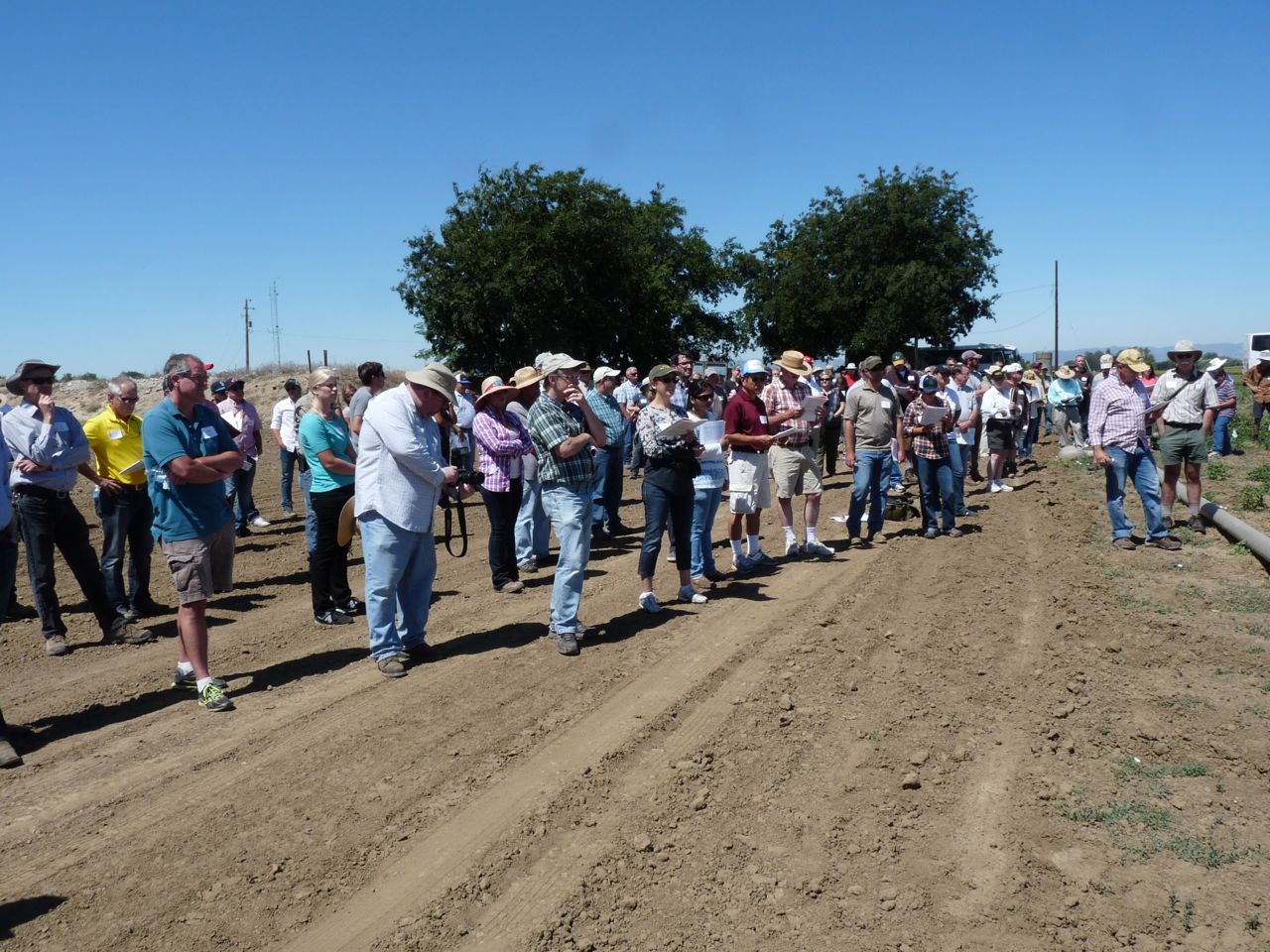CropManage May Move into Permanent Crops
CropManage, Successful in Vegetables, May Work in Permanent Crops
By Kyle Buchoff, California Ag Today Reporter
Could CropManage, already successful in vegetable crops be utilized by almond and walnut growers?
CropManage, run by the University of California, is an online database-driven tool that assists growers and farm managers in determining water and nitrogen fertilizer applications on a field-by-field basis. The software works primarily by automating steps to calculate crop water needs.
The web application also helps growers track irrigation schedules and nitrogen fertilizer applications on multiple fields and allows users from the same farming operation to view and share data.
Michael Cahn had a leading role in the development of CropManage. Cahn is an irrigation farm advisor at UC Cooperative Extension of Monterrey County. Thanks to his work, the tool is now being used extensively on vegetable crops throughout the Salinas Valley.
Allan Fulton is UC Cooperative Extension Irrigation and Water Resources farm advisor based in Red Bluff, Tehama County. He also works in Colusa, Glenn and Shasta Counties. He noted that soon, CropManage might be developed around permanent crops such as walnuts and almonds.
He summarized that the goal, “is [to provide] information to plan and feedback to adjust.”
He added that CropManage can crunch data and provide information beyond what the grower has asked in order to assist future planning.
Fulton explained that the program would estimate water use in a field or orchard for any given time frame. “Then the grower can add his or her knowledge of the irrigation system in that particular area. For example, entering water use per hour can generate feedback to schedule watering for a week or any other timeframe,” he said
The system can also can incorporate variables such as slow moisture data, and determine the effectiveness of the ET schedule. They are currently working on incorporating pressure chamber and crop stress feedback.
He added that Michael Cahn has made progress on the nitrogen track, and produces lots of aeration for short season annual vegetation crops. The next step is to link his work with research from other UC scientists and incorporate models from their work.
For more information, please go to: https://ucanr.edu/cropmanage/



















